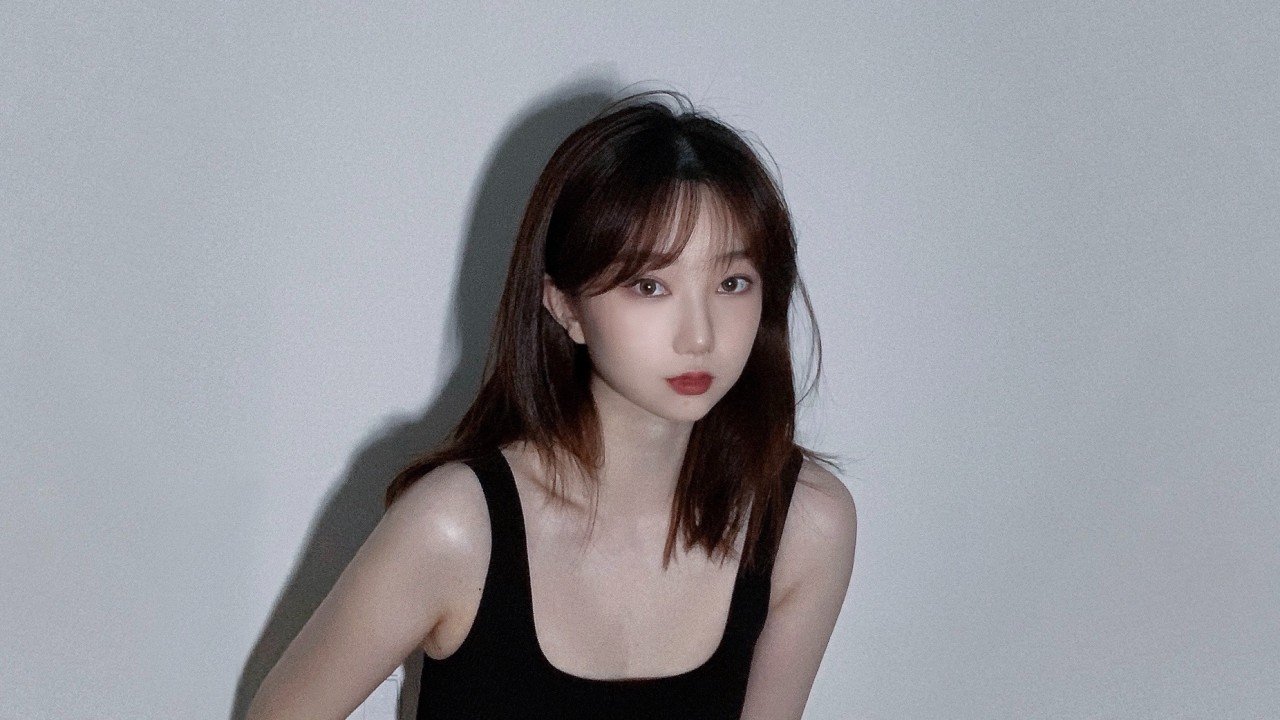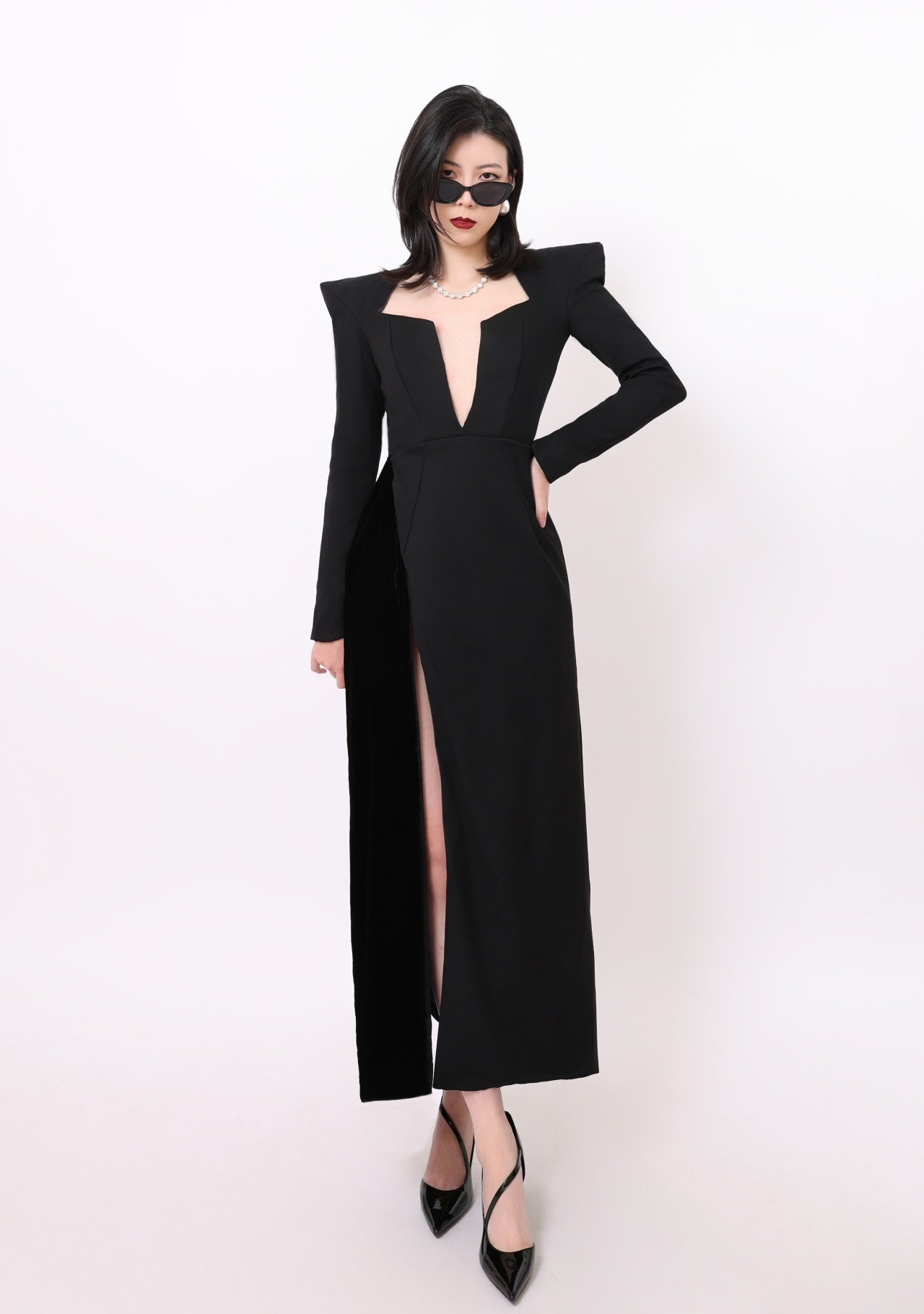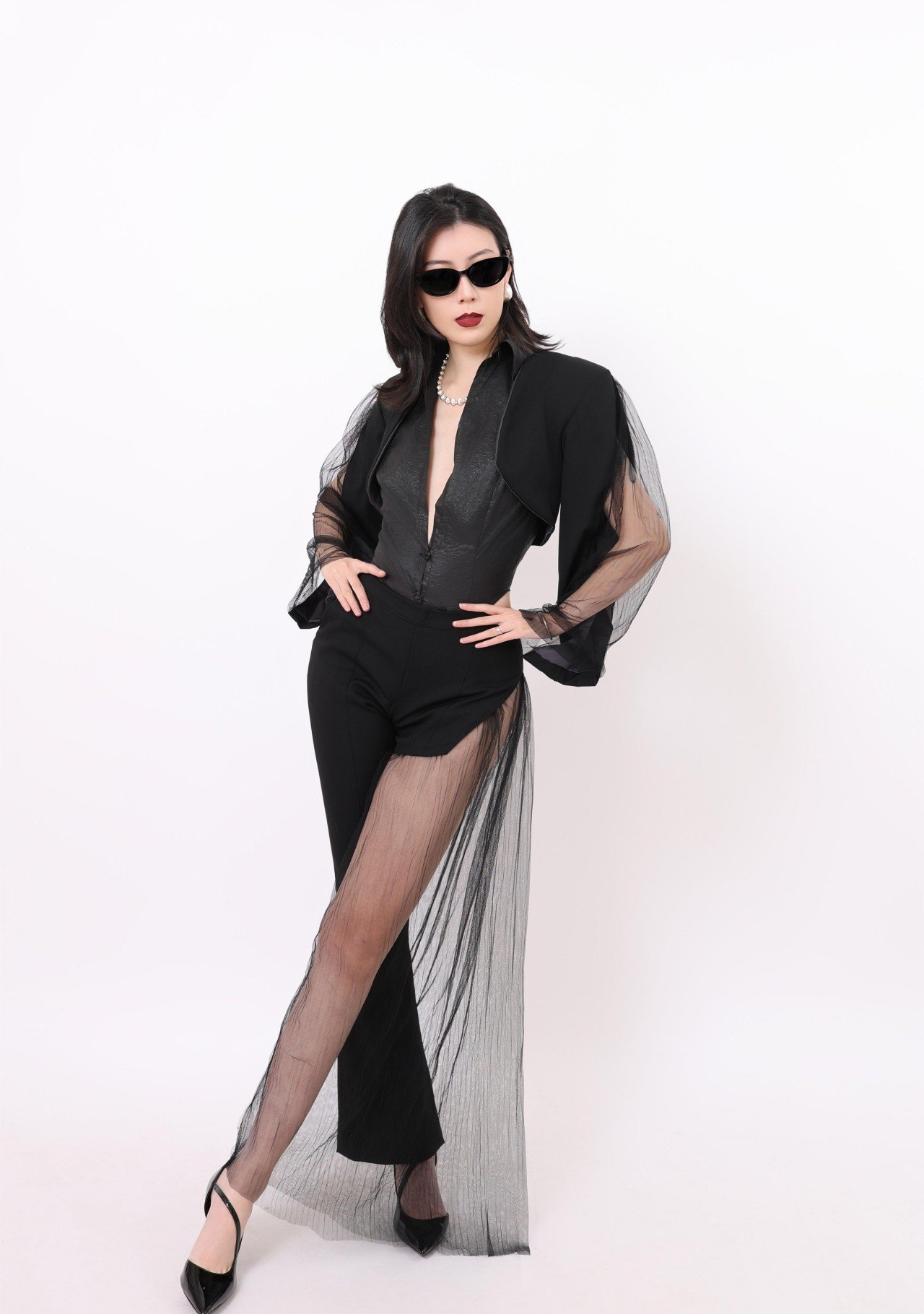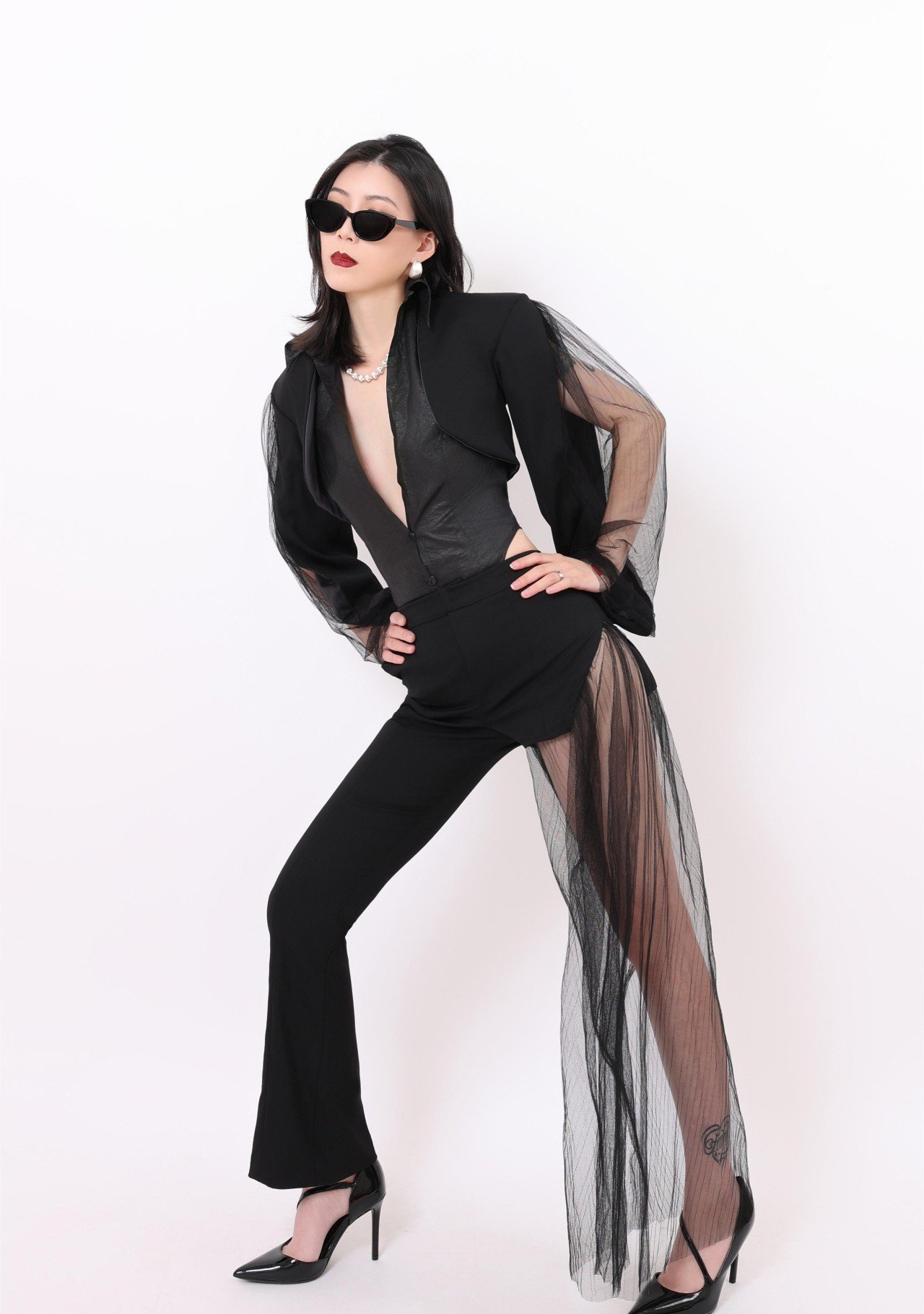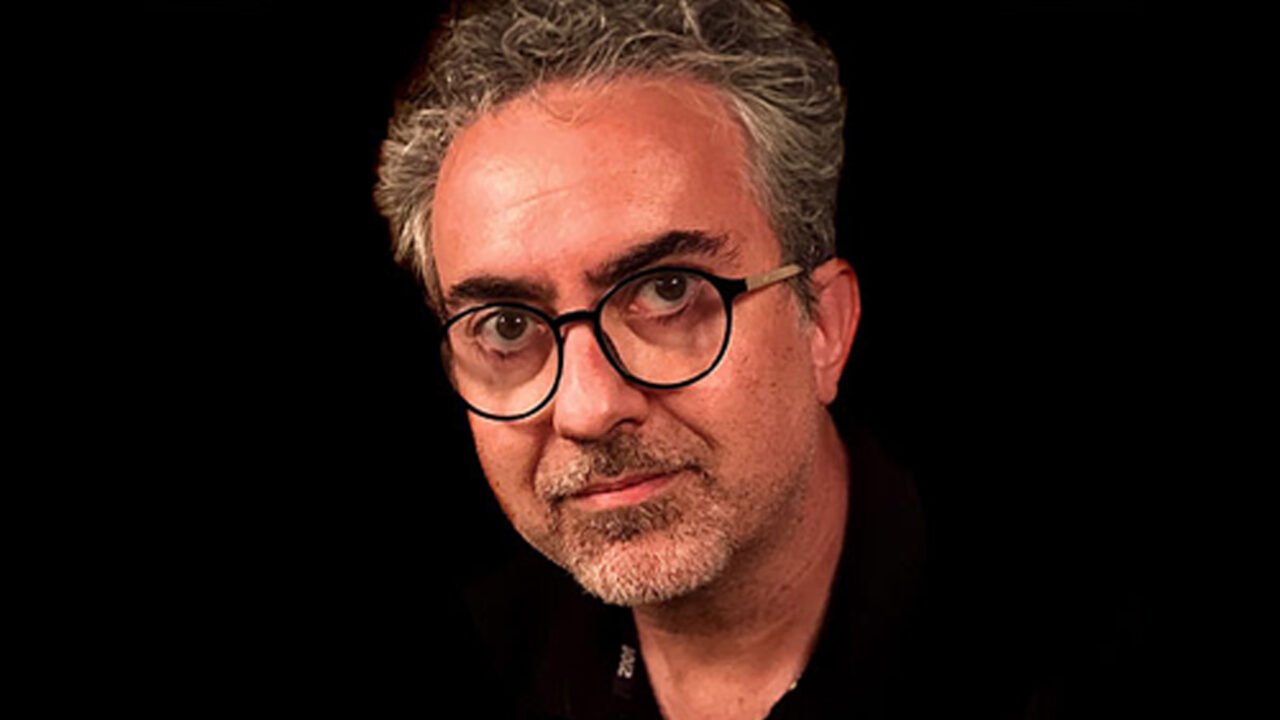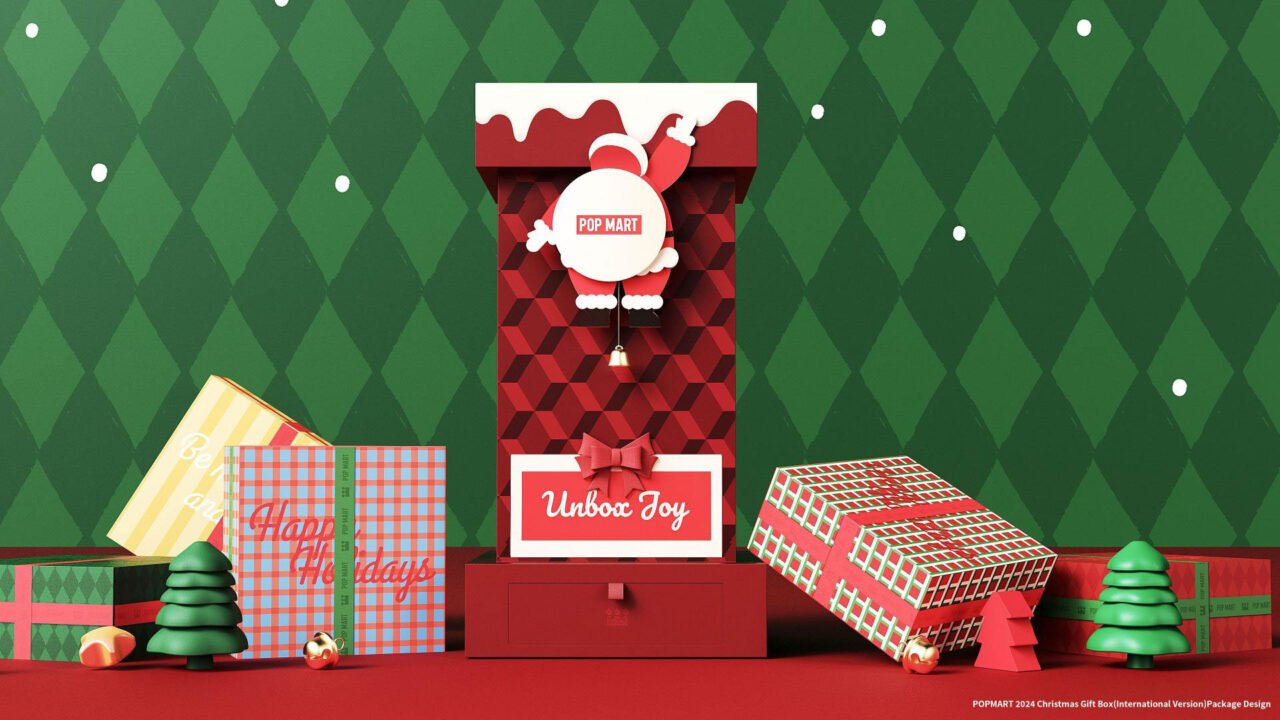
Carcass of the Ice Beast By Liam Man
September 1, 20251Congratulations on winning the NY Product Design Awards! Can you introduce yourself and share about what inspired you to pursue design as a career?
Thank you! I’m a fashion designer with a background in business—I earned an MBA before studying fashion at FIDM in Los Angeles. What inspired me to pursue design was the realization that clothing is a language beyond words. It can express identity, emotion, resistance, and empowerment. I wanted to create garments that go beyond trends, that actually speak for the people who wear them.
2What does being recognized in the NY Product Design Awards mean to you?
It’s a powerful affirmation since I am coming from a non-traditional background. It encourages me to continue designing with both heart and discipline.
3How has this achievement impacted your career, team, or agency, and what opportunities has it brought so far?
It’s helped me build confidence. It’s given me momentum to keep refining my language, growing my body of work, and designing with purpose.
4What role does experimentation play in your creative process? Can you share an example?
Experimentation is essential. For my award-winning design, The Form of Power, I explored the tension between contrasting fabrics—leather, velvet, suiting, and mesh. Each had its own personality, and combining them required constant trial, adjustment, and patience. That process of discovery became just as meaningful as the final piece itself.
5What's the most unusual source of inspiration you've ever drawn from for a project?
Once, I was inspired by the quiet discomfort of formality, like sitting in a rigid suit for too long. It made me reflect on how fashion often mirrors social constraints, especially for women. That discomfort turned into a design exploring contrast: structured silhouettes paired with soft, freeing inner layers.
6What’s one thing you wish more people understood about the design process?
That good design is not just about aesthetic taste—it’s about choice, clarity, and iteration. Behind every simple-looking silhouette are dozens of versions, revisions, and decisions. It’s a process that involves feeling, thinking, and editing, over and over again.
7How do you navigate the balance between meeting client expectations and staying true to your ideas?
I approach it as collaboration, not compromise. I listen deeply to the client’s needs, but I also ask: What’s the deeper message they want to convey? From there, I try to create something that speaks to both their vision and mine, without losing authenticity.
8What were the challenges you faced while working on your award-winning design, and how did you overcome them?
The biggest challenge was material contradiction—some fabrics fought against each other during construction. Balancing structure and wearability took countless mockups. I overcame it by staying curious, staying patient, and letting the garment evolve through hands-on problem-solving.
9How do you recharge your creativity when you hit a creative block?
I give myself permission to pause. I stop designing, touch fabrics without purpose, or immerse myself in other forms of art—music, movies, nature. Sometimes clarity comes not from pushing, but from quiet re-connection with why I started in the first place.
10What personal values or experiences do you infuse into your designs?
My work often reflects themes of duality—strength and softness, structure and freedom. Coming from a business background and entering fashion later in life, I’m always exploring the tension between control and release. That internal contrast drives how I design for modern women navigating multiple roles.
11What is an advice that you would you give to aspiring designers aiming for success?
Start before you feel ready. Trust that clarity comes through doing. Don’t rush to be loud—be honest first. Build your voice with intention.
12If you could collaborate with any designer, past or present, who would it be and why?
Alexander McQueen. His ability to turn pain into beauty and emotion into structure is something I deeply admire.
13What's one question you wish people would ask you about your work, and what's your answer?
Q: “What do you want your designs to do for the people who wear them?”
A: I want them to feel powerful in their own way. Not louder, not prettier—just more themselves. My goal is not to transform someone, but to help them recognize and reclaim the version of themselves.
Winning Entry
The Form of Power: Multidimensional Reflections of Contempor | 2025 NY Product Design Awards
Set against the backdrop of feminist discourse, this apparel design reflects the complexity and multidimensional allure of contemporary women, challenging traditional, monotonous stereotypes of femininity. The choice of materials is particularly ingenious, combining leather... (read more here)


